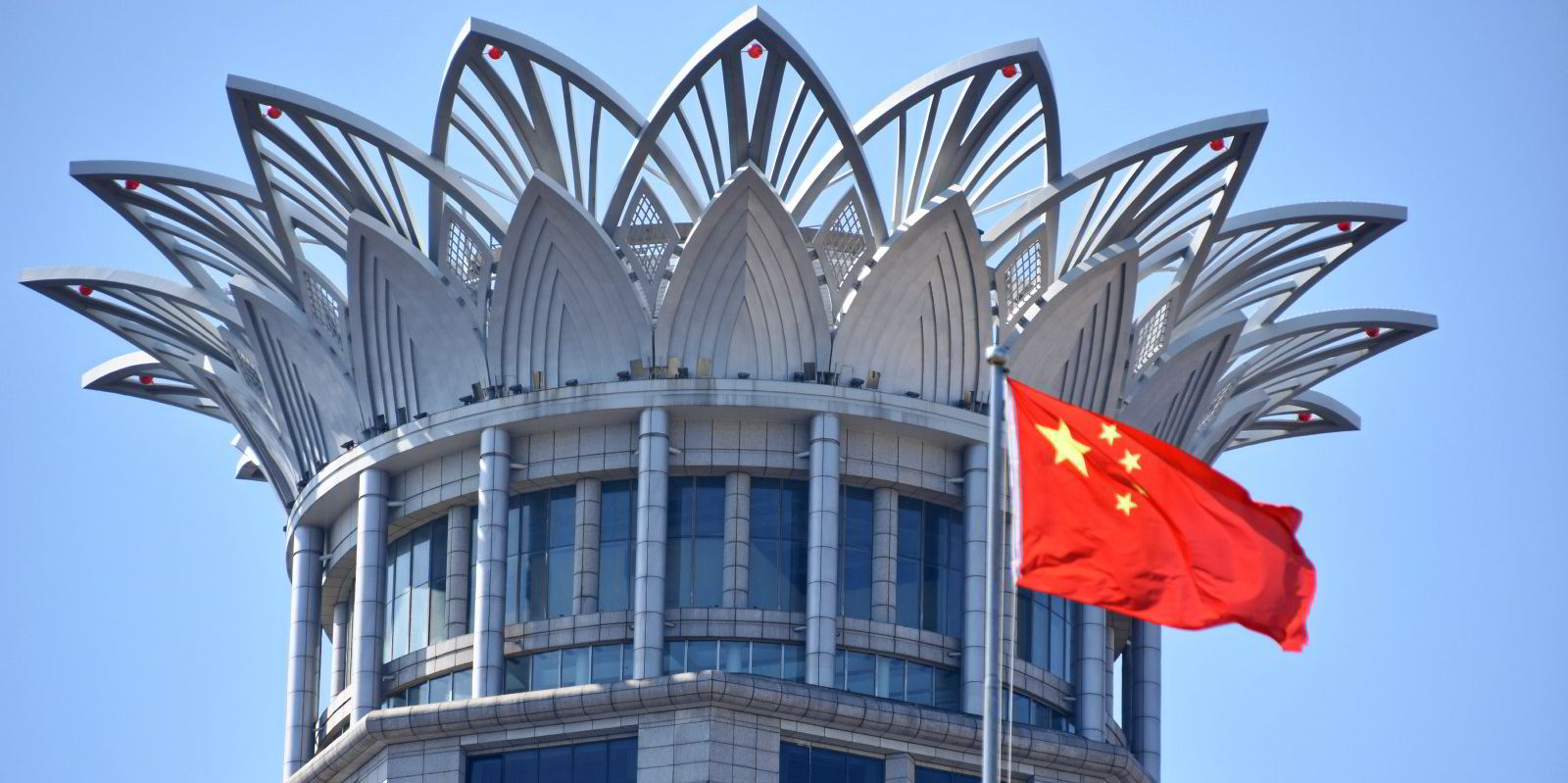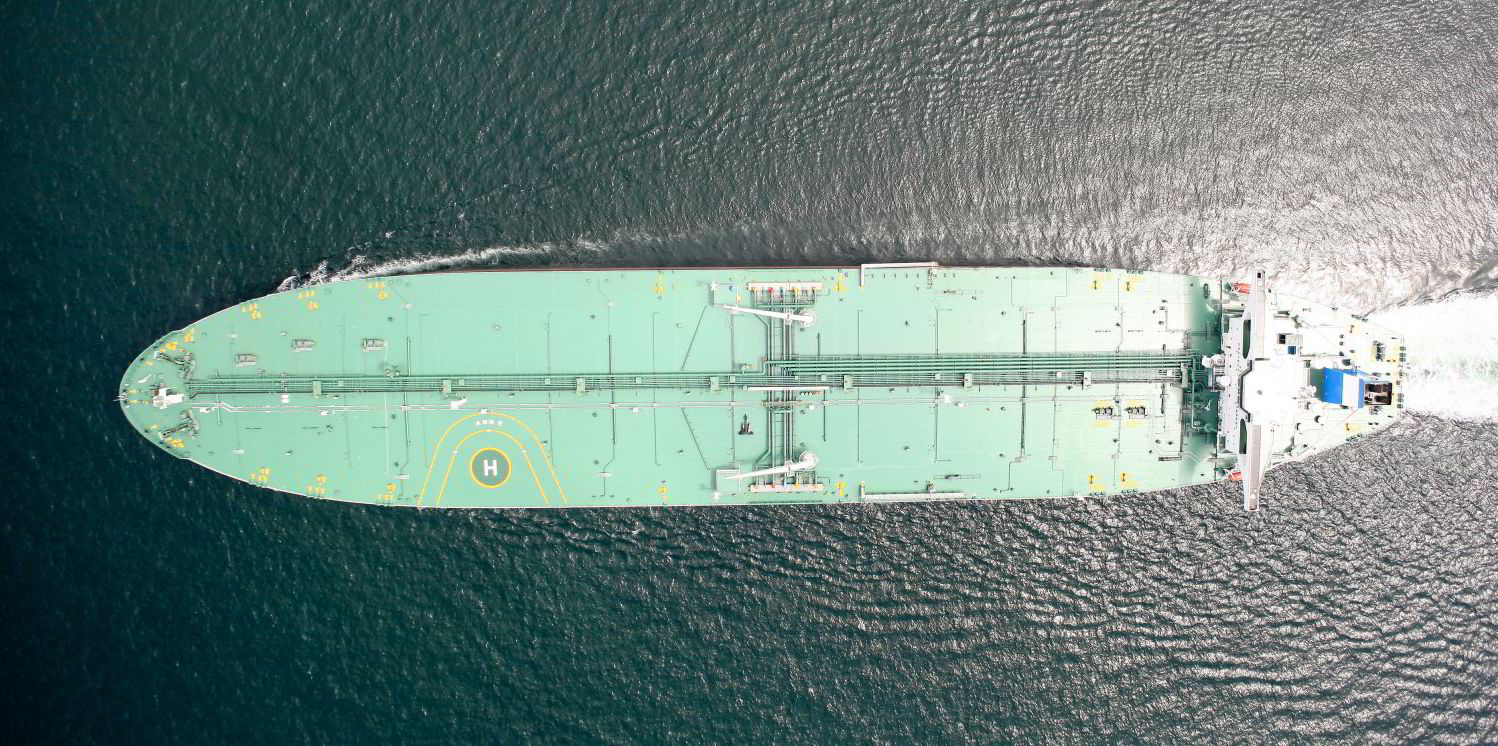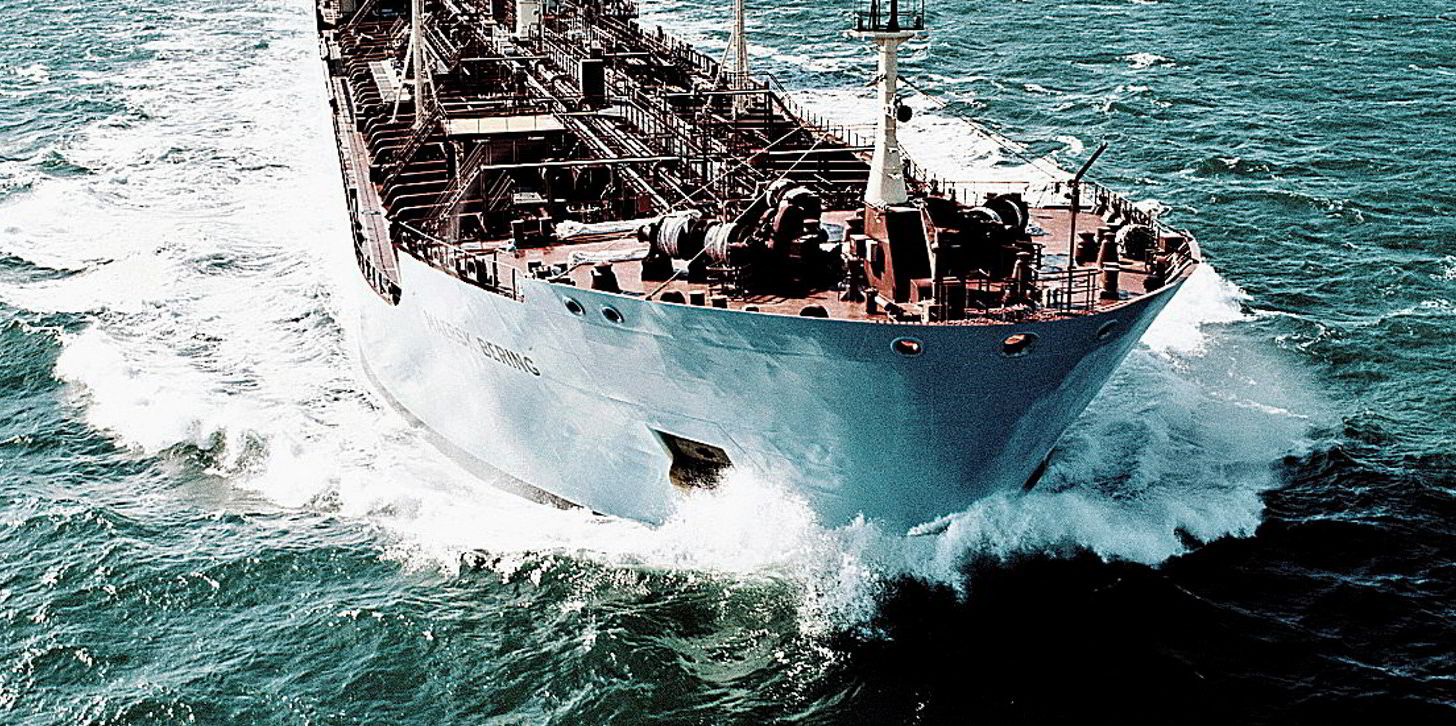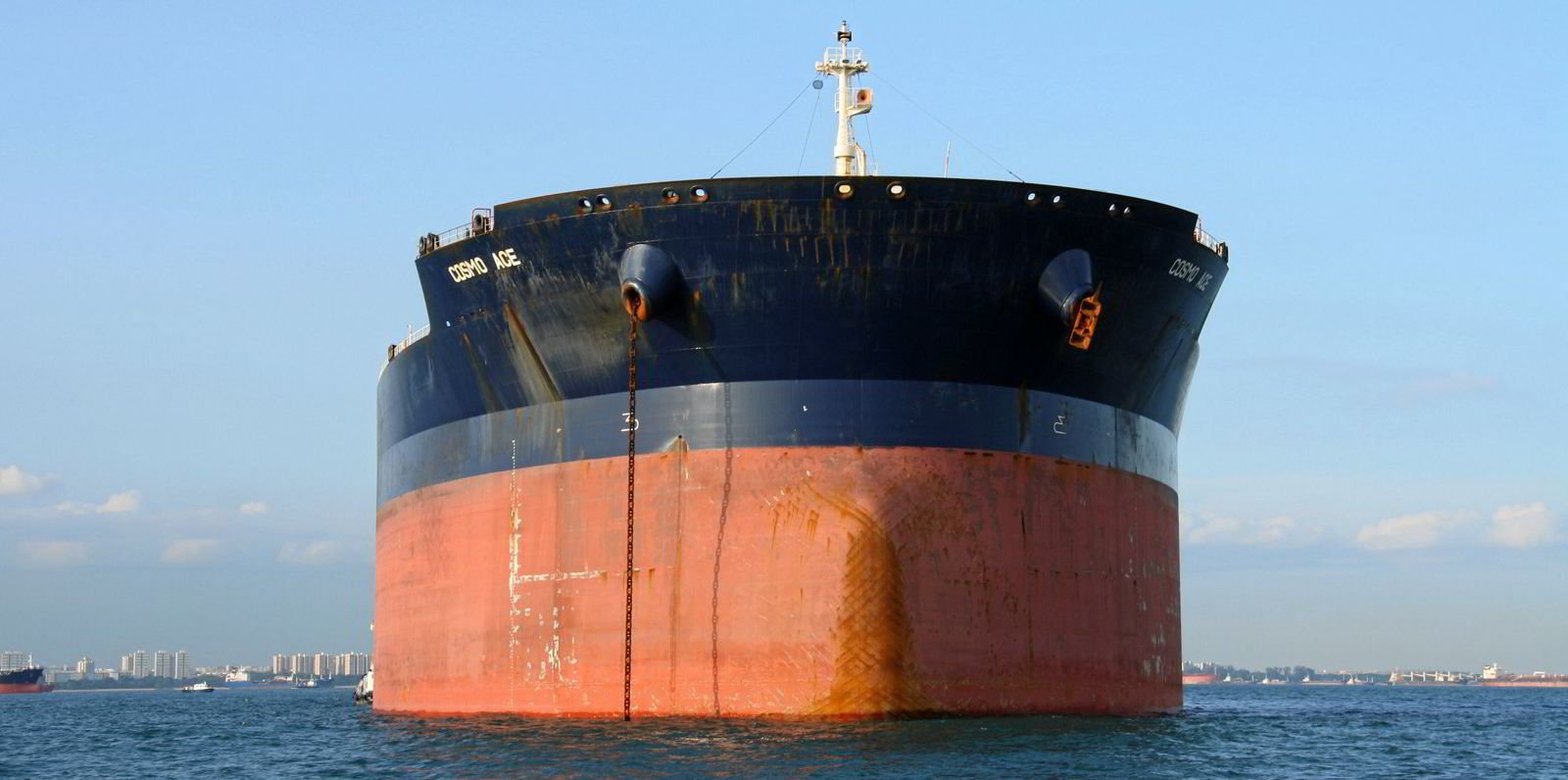China is increasingly turning to sources of crude from the Middle East and the Pacific in a move that is taking its toll on tonne mile demand, according to Clarksons.
The UK shipbroker said Chinese tonne-mile demand is down year-on-year due to a shift in trade patterns as the country imports less crude from further away.
“Despite higher purchases from Western Russia, in the first half of 2022 Chinese crude imports from the Atlantic fell 18% year-on-year to 2.4m barrels per day (bpd),” Clarksons said.
“All major Atlantic suppliers saw volumes to China fall, including West Africa, which was down 13%, Latin America down 16%), the US down 46% and the UKC/Med down 36%.
“With China increasing reliance on suppliers in the Middle East Gulf and Pacific in the first half, Chinese tonne-mile imports fell by 8% year-on-year,” the broker added.
The situation is compounded by declines in imports both in 2021 and the first half of this year due to Covid-19 lockdowns, Clarksons said.
China has played an increasingly significant role in global seaborne crude trade in recent years, accounting for 25% of imports last year, up from 12% a decade ago.
“However, 2022 so far has seen Chinese crude imports underperform for the second year in row, declining by 4% year-on-year in January-July after a 6% fall in 2021,” said Clarksons.
Chinese seaborne crude imports averaged 8.9m-bpd between January and July 2022, with shipments in June and July falling below 8m-bpd for the first time in four years.

“With various levels of restrictions in force in multiple cities from March, Chinese oil demand fell by 1% year-on-year in the first half of 2022,” said Clarksons.
“High oil prices and low refinery runs have exerted further pressure; Chinese crude throughput fell 6% year-on-year in the first half to 13.5m bpd, despite the country’s capacity having risen by 1% since the end of 2020. In July, throughput fell to the lowest level since March 2020 at just 12.6m bpd.”
Utilisation at independent refineries, where activity is highly sensitive to shifts in oil prices/demand, has been especially weak, averaging less than 60% so far this year, from 70% in 2021, according to Clarksons.
Crude imports into Shandong province — home to the majority of independent refiners and last year accounting for 20% of Chinese crude imports — was down 20% year-on-year between January and July.
Despite the pressure on Chinese imports, global crude trade is still on track to rise steadily this year by 4% as imports into other Asian countries such as India rebound.
However, Clarksons said soft Chinese demand and especially the lower long-haul imports from the Atlantic have been a key driver of the pressure in the VLCC market for most of 2022 so far.
Chinese products trade has also come under pressure with exports in the first half of the year falling by 42% y-o-y to 700,000-bpd, a seven-year low.
“China’s focus on energy security has been key; products export quotas issued to independent refiners this year are down 40% year-on-year,” according to Clarksons.
Meanwhile, products imports between January and July fell 30% year-o-y, reflecting softer domestic demand and high oil prices.
“While China plays a smaller role in products trade than crude — accounting for 5% of exports and 3% of imports in 2021 — the extent of the drop in volumes this year is contributing to slow global products trade growth of 1%,” said Clarksons.
The broker says 2022 is shaping up to be another “challenging year” for the Chinese oil trade, with particular impacts having been felt “at the large end of the crude tanker market”.





